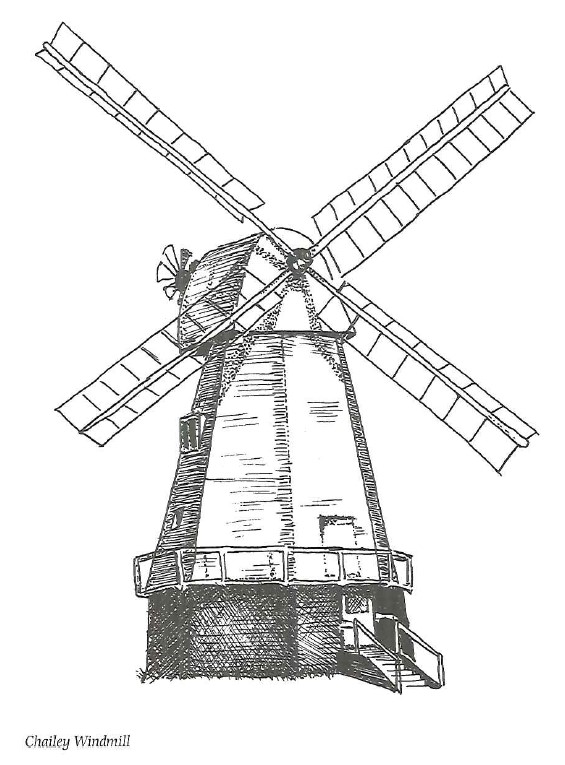They came searching for coal a century ago and instead found gypsum, a sulphate of calcium used in the manufacture of cement and plaster. The mines of the British Gypsum Company are a series of catacombs which spread over a wide area under the earth. The entrance, too, is hidden away in the woods. The only really tangible evidence of the industry is the conveyor belt (it used to be an aerial ropeway) which links the Mountfield mine with another smaller one nearly four miles away at Brightling.
Look at a map and join up all the churches, ancient sites and historic buildings and the chances are that you will have roughly a straight line. That is the theory, anyway, behind ley lines which are believed by many to have a pre-Christian significance and sites where lines cross have a special power.
If that is so, Mountfield must be a truly potent place. The Rev Harold Spriggs, vicar here for a quarter of a century, maintained that no less than five ley lines cross at Mountfield church.
The ‘X’ certainly marked the spot for William Butchers on 12 January 1863 when his plough became entangled with what he thought was a long piece of brass at the Barn Field on Taylor’s Farm. He then noticed that it protruded from a square shaped hole in the ground from which he collected a number of other brass objects. They seemed to be ornaments of some kind but the farmer did not display any interest when Butchers showed them to him and said the ploughman could keep them.
He made several attempts to sell the strange ornaments and eventually disposed of them for 5/6 – Sixpence a pound on a collection weighing 11lbs. It was only later that it was discovered the ‘brass’ was solid gold, the buried treasure of some Bronze Age chieftain. The Mountfield Hoard, beyond price to archaeologists, eventually fell into the hands of a firm of Cheapside refiners who bought the lot for £550 and then melted it down.
Another Mountfield treasure was treated more kindly. Redecoration in the church in recent years revealed murals dating from the 12th century on the east wall which were badly in need of restoration. Villagers responded in fine style with a series of money-spinning events to boost the special fund set up by the Parochial Church Council.
